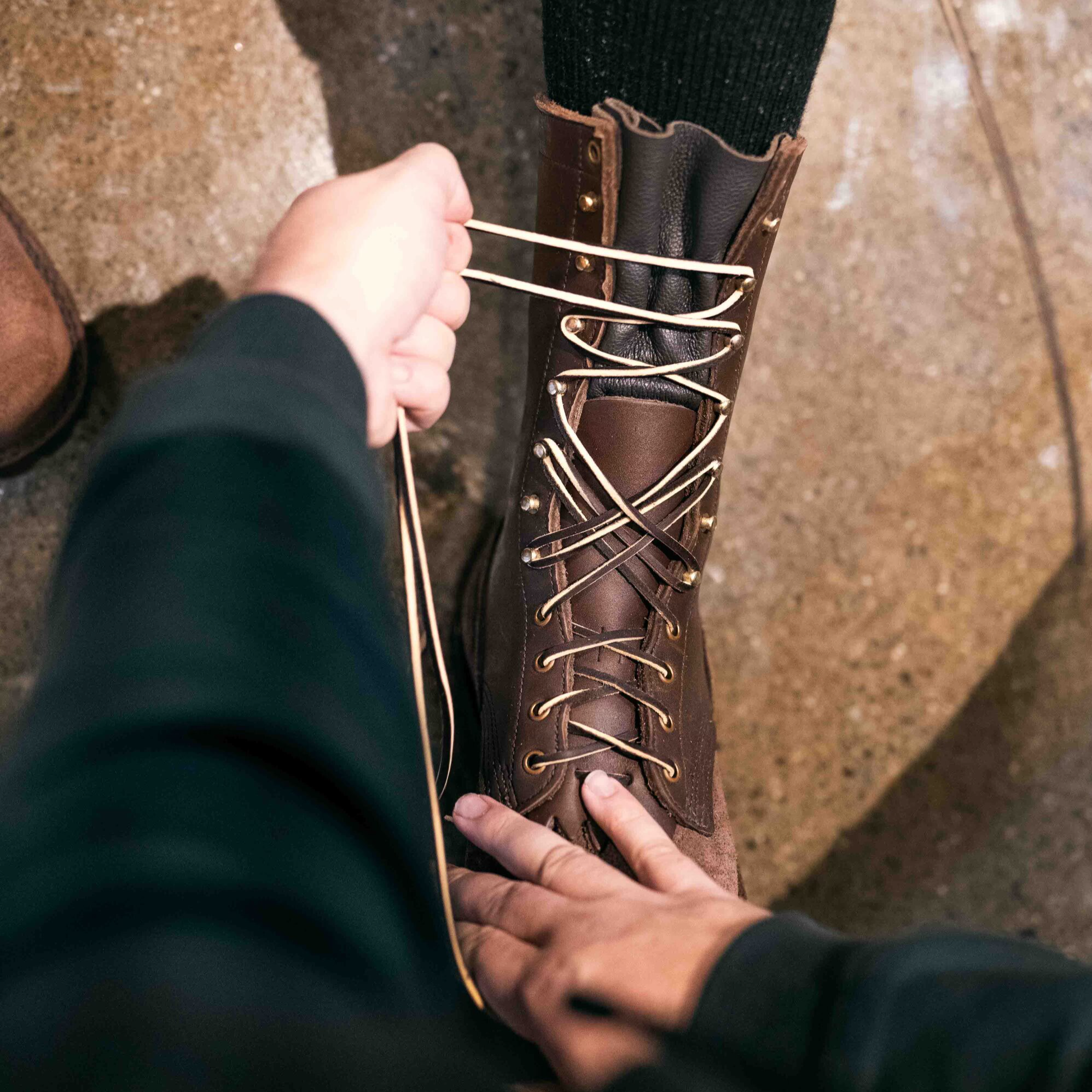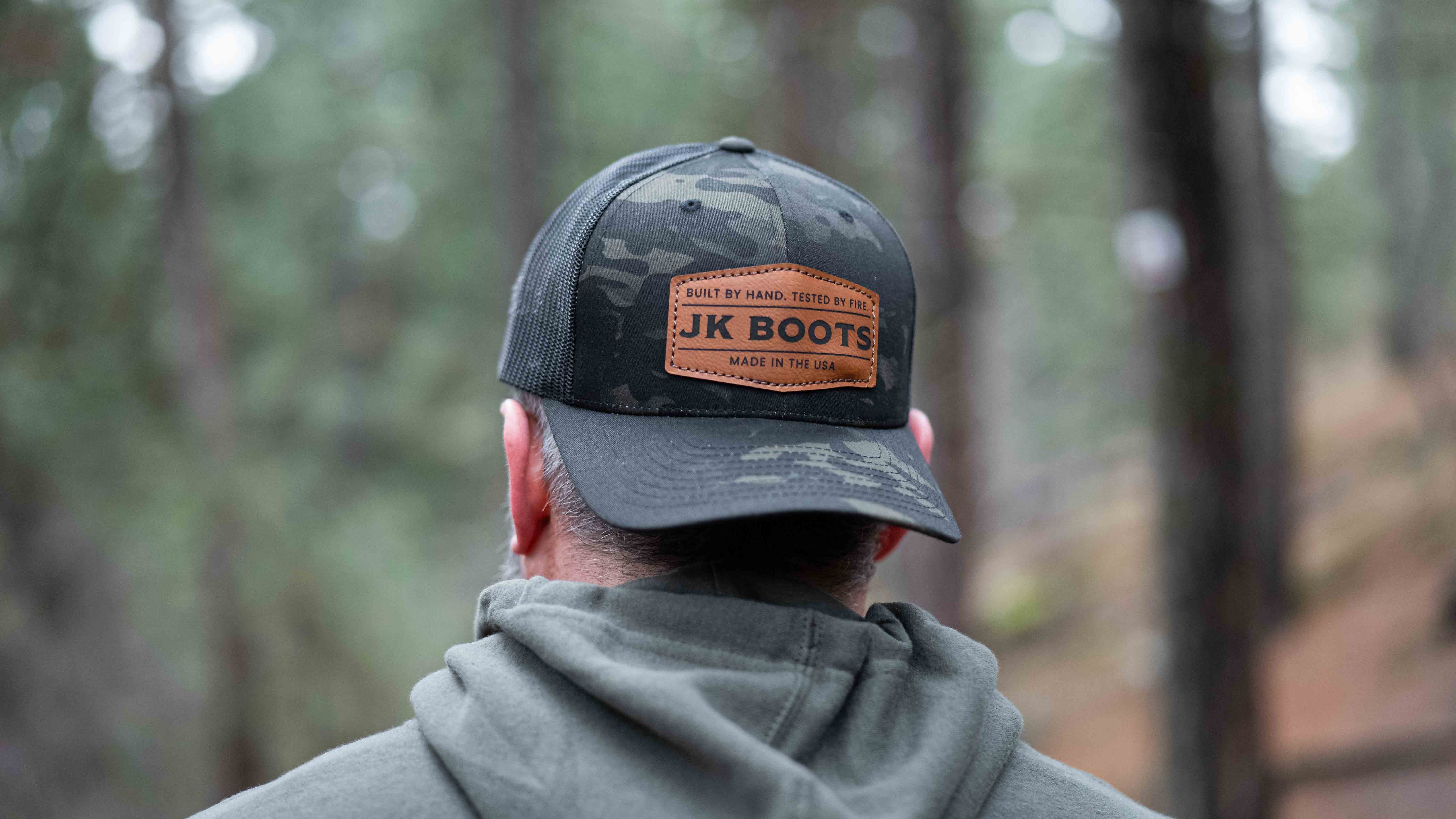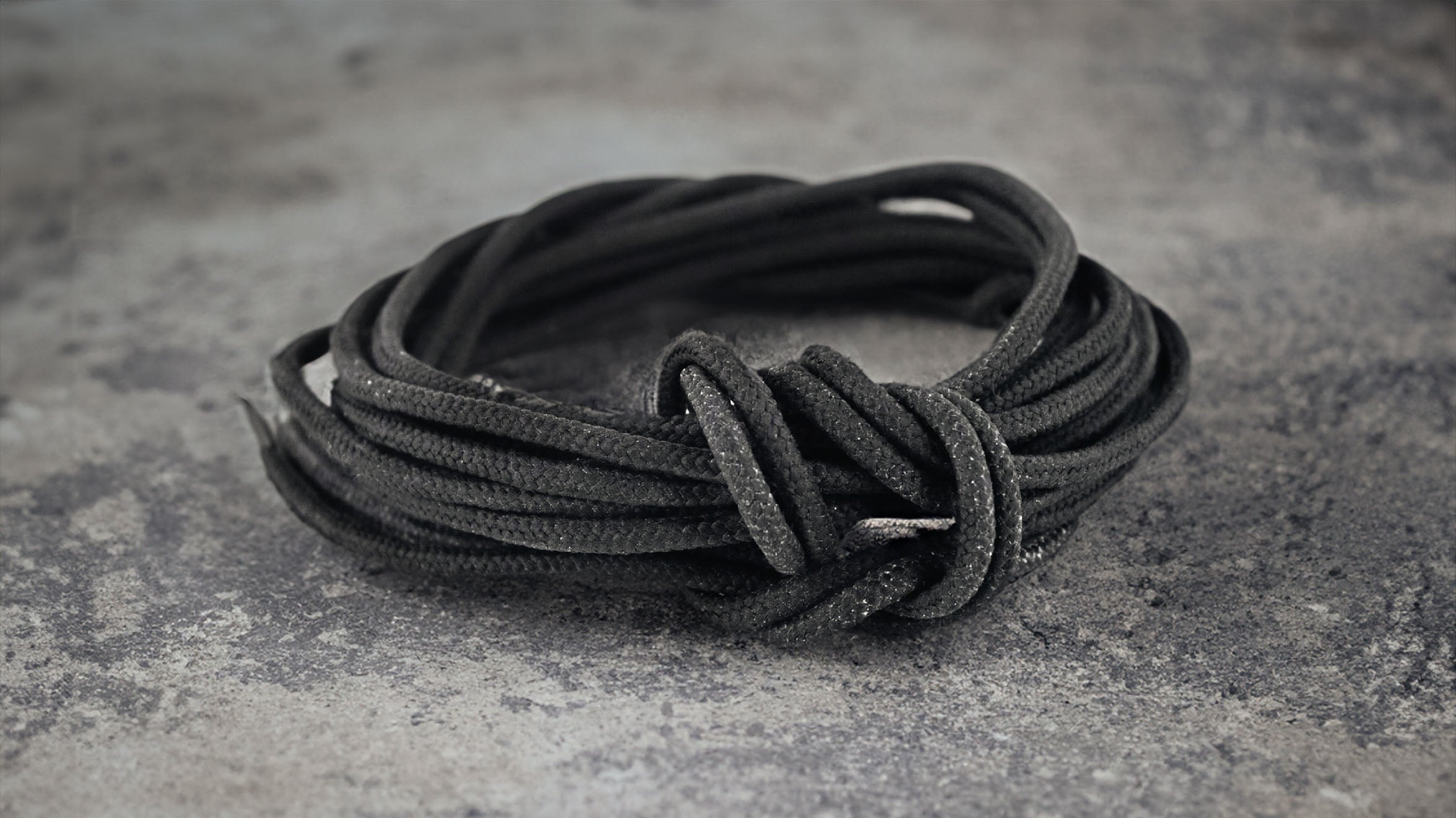How to Dry Soaked Work Boots
When you're working and your boots become drenched, perhaps from challenging work conditions or an unexpected rainstorm, what steps should you follow?
Leather is naturally resilient against water damage. A soaked boot upper isn't your biggest concern; it's the footbed. Water in the footbed can foster mold and bacteria, turning your boots into a breeding ground for issues.
What's the best method to dry them?
Drying Boots: Taking Care of the Uppers

Our leather boots, whether they're from the Superduty line or the O.T. line, are built tough. Moisture, however, can strip the beneficial oils and treatments from the leather.
Allow the uppers to dry in open air. Flip them if needed, ensuring even drying. After they've thoroughly dried, it's crucial to apply a quality boot conditioner.

Either boot oil or grease is beneficial. The goal is for the leather to soak in the treatment, rejuvenating the fibers and protective elements that might have been stripped away.

However, while the uppers might seem like the obvious concern, it's really the footbed that demands attention. If not addressed properly, moisture in the footbed can lead to the growth of mold and harmful fungi. This could result in skin conditions, some of which are severe.
Drying Boots: Addressing the Footbed

Our recommended method? Use a dedicated boot dryer. It effectively handles the moisture within a boot.
If you don't have access to one, here's a simple routine:
-
Handle Inserts: If your boots have inserts, remove them. Let them air dry. If they're overly soaked, the lowest setting on a household dryer can be effective.
-
Newspaper Trick: Crumple up some newspaper and fill your boots. The paper will act as a sponge, soaking up moisture. Check periodically, replacing the newspaper as needed.
-
Boot Powder: Once the majority of the moisture is absorbed, apply a liberal amount of boot powder inside. This will tackle any remaining moisture. After a while, just shake it out.
-
Cedar Shoe Trees: If available, place cedar shoe trees inside your boots. Not only do they absorb leftover moisture, they also help maintain the shape of the boots. Plus, the cedar's natural properties fight microbes.

Ensuring the footbed is dry is paramount. Residual moisture can lead to decomposition and bacterial or fungal growth, things no one wants in their footwear.
Take pride in caring for your boots, and they'll return the favor by serving you diligently.











Leave a comment